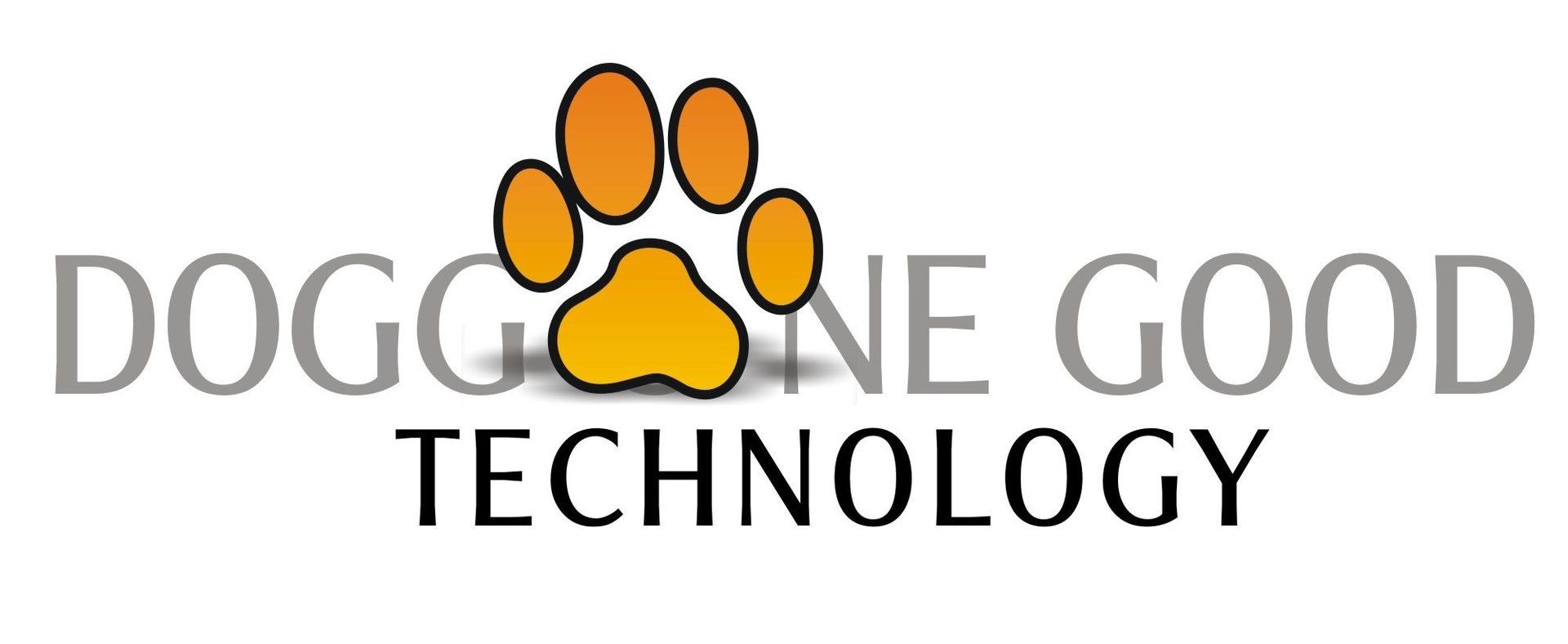Architecting Success: The Four Pillars of Business Excellence

Tackle Each One with Care
In the dynamic business world, sustainable success is not a matter of chance but a carefully constructed blueprint. Entrepreneurs and leaders who understand the intricate interplay of structure, people, processes, and systems are best positioned to create thriving, resilient organizations. This guide will explore these four elements that are key to transforming good businesses into exceptional enterprises.
Structural Foundation: Designing Organizational Architecture for Success
The organizational structure serves as the skeleton of any business, providing essential support and defining how work flows through the company. An effective structure creates clear lines of communication, establishes accountability, and enables strategic decision-making. Successful businesses recognize that no single organizational model fits all; instead, they design flexible frameworks that adapt to their unique market demands and growth trajectories.
Hierarchical models are not obsolete but require thoughtful implementation. Modern organizations increasingly favor flatter structures that promote innovation, reduce bureaucratic barriers, and empower employees at multiple levels. By creating cross-functional teams and eliminating unnecessary management layers, companies can respond more quickly to market changes and foster a more collaborative work environment.
Ask yourself:
- Does your Org Chart make sense?
- Are the functions grouped in a way that is specific to needed work outcomes yet still collaborative with other functions?
People Power: Cultivating Exceptional Talent and Skills
Human capital represents the most valuable asset in any business. Recruiting, developing, and retaining top talent is crucial for sustainable business success. Organizations must move beyond traditional hiring practices and develop comprehensive talent management strategies that align individual skills with organizational goals.
Effective talent development involves continuous learning, personalized career pathways, and creating a culture of growth and innovation. Companies that invest in their employees' professional development see higher engagement, lower turnover rates, and increased productivity. This approach requires an overall approach to talent management, integrating robust recruitment, meaningful training programs, and clear performance evaluation mechanisms.
Ask yourself:
- Have you clearly defined the specific skills each of your positions requires for the job's best contribution its functional output?
- Do you have the best people in the best roles?
Process Optimization: Streamlining Operational Excellence
Efficient processes are the engines that drive business performance. Successful organizations continuously analyze and refine their operational workflows, eliminating redundancies and leveraging technology to enhance productivity. Process optimization is not a one-time event but an ongoing commitment to incremental improvements.
Modern businesses can adapt personal productivity methodologies (like GTD, Franklin-Covey, Eisenhower Matrix, etc.) to systematically improve the effectiveness of their operations. Digital transformation plays a critical role, with technology enabling more intelligent, data-driven process design. Automation, artificial intelligence, and relevant analytics provide opportunities to enhance business functions.
Ask yourself:
- Have you created a step-by-step listing (or flow chart) of each needed business process?
- Have you fallen victim to the "We've always done it this way" answer when asked why you do it the way you do?
Supporting Systems: The Technological Backbone of Business Performance
Integrating technology solutions can form the backbone of modern business operations. The right technology applied to the correct processes enables seamless communication, information management, and strategic decision-making. It doesn't have to be either fancy or expensive - it just has to make sense in improving how things get done.
Implementation goes beyond merely purchasing technology; it requires careful planning and consideration of organizational goals, effective training, and ongoing optimization. Businesses must ensure that their technology investments directly contribute to operational efficiency and competitive advantage.
Ask yourself:
- Can you identify, and describe in detail, the "pain points" of your business processes?
- Have you looked for either alternate processes or alternate systems to alleviate them?
So much for "What" to focus on. Next up is "How".
Stay tuned.
Ready to Get Started?
A portion of our revenue is donated to animal welfare. Now, that's Doggone Good!
We take website accessibility seriously - Click to see our Website Accessibility Statement
All Rights Reserved | Doggone Good Enterprises LLC










